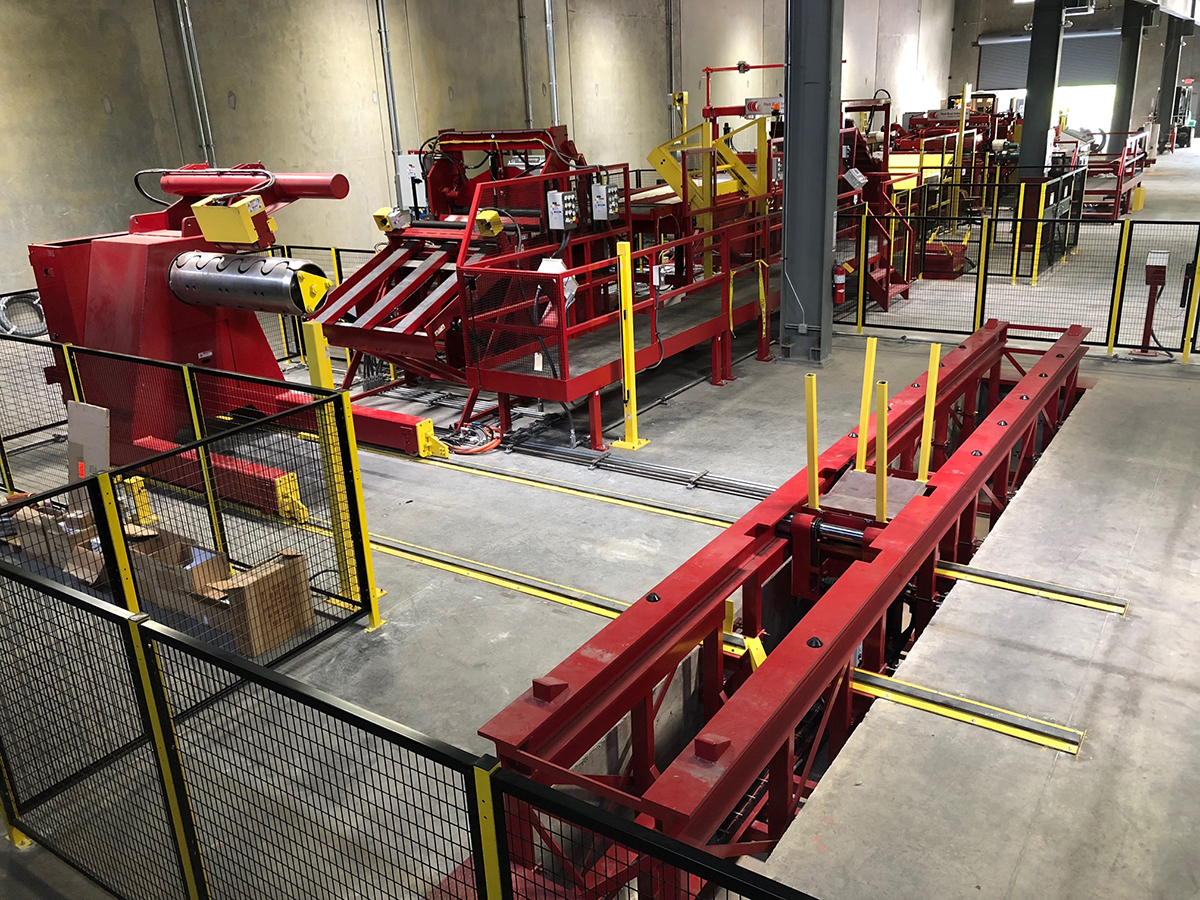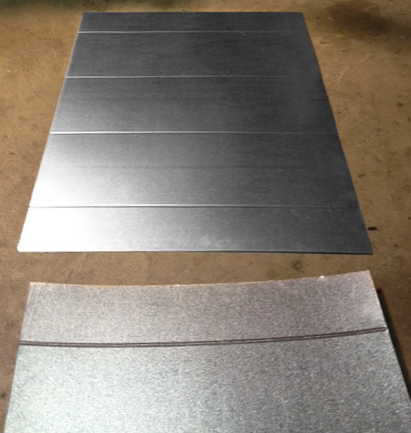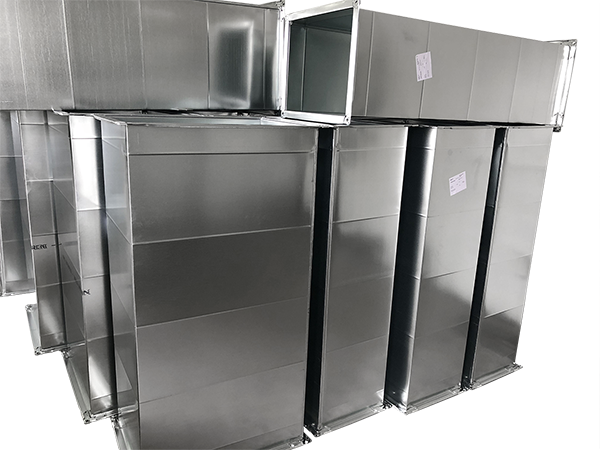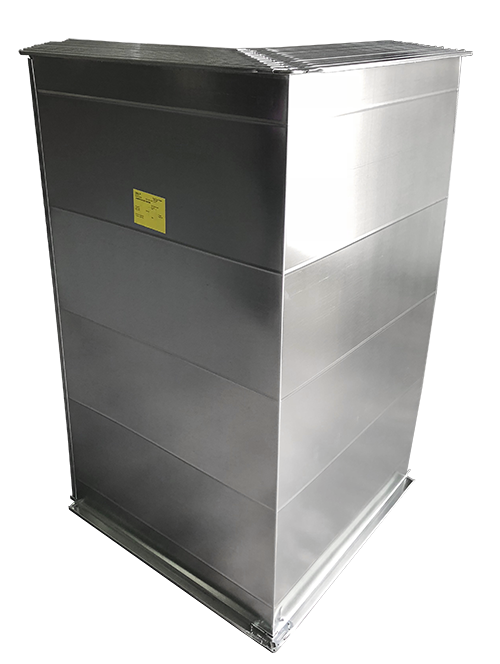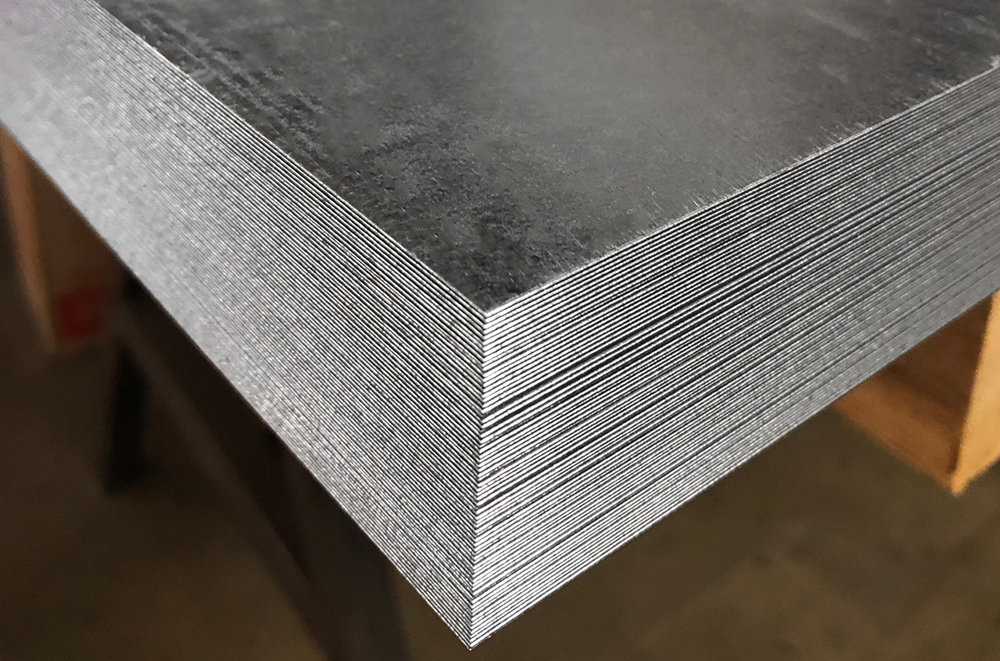Coil Lines for Rectangular Duct vs. for Precision Blanking/Processing
In a typical commercial job, the Rectangular Duct is comprised of 75% straight duct runs with the remaining 25% being Fittings (basically anything that’s not a 5 ft straight section of ductwork—from Offsets to Elbows to reducers). That 75% translates to a tremendous amount of effort. The machines made by IPI, Engel, and Vicon are made specifically for the fabrication of 5 ft sections of Straight Duct, thus automating the fabrication of Rectangular Duct Sections and addressing this need.
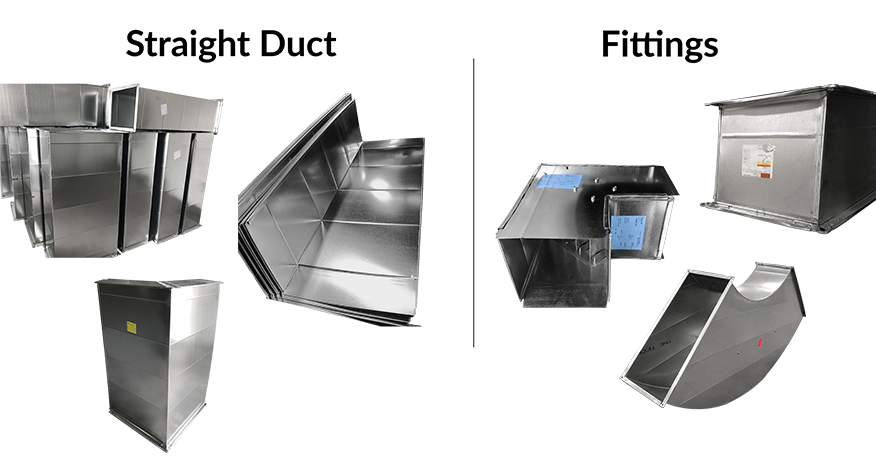
The idea of separating the fabrication work flow of Straight Duct from Fittings
Vicon, IPI, and Engel designed these machines specifically for the fabrication of 5 ft sections of Straight Duct. The idea of using it as a Blanking Line to cut their 5 x 10 sheets for the Plasma Table seems logical. Many owners who have invested hundreds of thousands of dollars in a coil line want the line cutting throughout the day. One obstacle to consider however, is that these types of coil lines will not remove any mill defects. If for example, there is an edge wave or bow in the metal, it might not become apparent until a sheet is laying on the plasma table—and sometimes not even apparent until the heat of the torch hits it, making apparent a bow that wasn’t visible beforehand. Besides that, the Plasma Table works best on sheets that tension leveled and stacked perfectly, done as only a Precision Blanking Line can do.
Many shop foremen contend that the interruptions of having to cut 5 x 10 sheets for the Plasma Table disrupts their work flow and hampers their ability to define their true costs of manufacturing straight duct sections. Further, many of the coil lines for duct have to trim off a few inches before cutting any 5 x 10 sheets for the plasma table to ensure a square sheet. More time, more waste.
But, can the shop foreman convey these points to an owner who, in the case of a mechanical contractor, might not be dialed into the fabrication processes as much as he is on the equipment side?
He might view the idea of buying 5 x 10 sheets when he already has a machine that can cut the sheets from a coil as not utilizing a coil line…
“Why did we buy a coil line and we’re still buying out sheets?!”
…the answer is that the singular reason to invest in a coil line is to transform efficiency and save waste on straight duct, and straight duct only. Plasma Tables transform efficiency and save waste on the fittings portion of the job.
Some Contractors who have done studies determined that they would use their coil line just for straight duct and “buy out” all the sheets required for the Fittings/Plasma Table. They are able to keep track of the coil line’s productivity as well as get a better idea on how many sheets they go thru for fittings.

